His story is rooted in a faulty heart. The captivating part is what he's done since.
By Nancy Brown, American Heart Association CEO

Every day at 6:15 a.m., a calendar reminder pops up on Kevin Kirksey's phone.
"Live? or Die?" it reads.
At 6:45 a.m., his phone dings again, this time with the reminder, "Thanks for Giving."
Kirksey put the items on his work calendar while coming to grips with his second chance at life. He'd caught a potentially fatal heart problem just in time, endured open-heart surgery and was on the way back to full strength when he wondered what it all meant.
That was seven years ago. To this day, the notifications still cause him to pause – and act.
Choosing life can be as simple as eating a healthy breakfast and taking his medicines.
The gratitude task generally requires a bit more effort, such as emailing a high school teammate to reminisce about a big game or picking up a stranger's tab at a store. Kirksey calls these "a form of love all of us can give." He thinks everyone should because they trigger a virtuous cycle: His joy makes someone else feel good, which in turn makes him feel even better.
Best of all, feeding his emotional heart improves his physical heart. It's the ultimate win-win.
And it all started with an off-hand comment as he was walking out of his doctor's office.
***
First, let's visit part of his story that's fun now and will be meaningful later.
In 1981, Kirksey was fresh out of college and living in Houston. At a popular disco club, he saw a beautiful woman surrounded by smitten men. He strolled through them and asked her to dance.
"Maybe," she said.
"OK," he said. "Would you like to talk?"
Her name was June. She was in nursing school. The conversation went so well that they ended up dancing to the Kiss song, "I Was Made For Lovin' You," then going to breakfast.
She ordered ham and eggs. Kirksey went to the bathroom to make sure he had enough money to cover it; he did. By the end of the meal, he knew that, well, he was made for lovin' her. They'll soon celebrate their 40-year wedding anniversary.
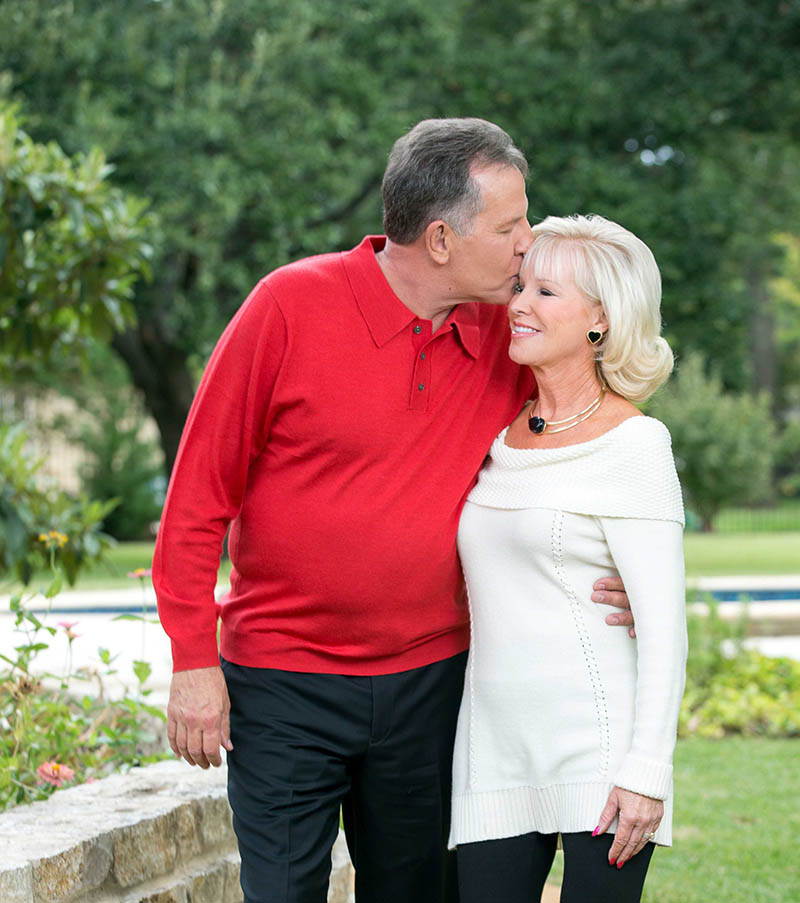
***
Growing up, Kirksey was a hotshot baseball player in Minneapolis. He was recruited to the University of Arizona where, as a freshman, the team won the national championship – the school's first in any sport. The entire squad eventually was inducted into the school's athletic hall of fame.
Kirksey didn't play much during the championship season or the next. He transferred to the University of Houston and gave up baseball. Still, he spent enough years as an athlete that, in his mind's eye, he remained one – no matter how many years and pounds he added.
"I thought I was invincible," he said. "So it was OK to eat dessert, to eat greasy food."
By 52, Kirksey was living in the Dallas area and overseeing global sales for a technology company. He also carried about 280 pounds on his 6-foot-2 frame. His blood pressure, cholesterol and blood sugar were out of whack. Challenged by his physician, Dr. Peter Stack, Kirksey dropped 30 pounds and got his numbers under control.
"Then, guess what?" Kirksey said. "I thought I was invincible again."
Five years later, Kirksey weighed 287 pounds during his annual checkup. With a hand on the door as he headed out, Kirksey stopped, turned and asked Stack, "Is there something on the inside of my body we should check?"
***
Stack recommended a coronary calcium scan, a type of X-ray that would show how much calcium-filled plaque was in Kirksey's heart's arteries.
His poor numbers – weight, BP, cholesterol and blood sugar – elevated his risk for a heart attack. He also had a family history; his dad suffered a heart attack at 52.
Kirksey got scanned the following Monday. On Tuesday, he flew to San Jose, California, to meet with a customer.
In the client's conference room, Kirksey ignored a call from Stack's office. And another one. The third time, he stepped into the hall to answer it.
A nurse said Kirksey's calcium "score" was the worst Stack had seen. She warned that he was at risk of a cardiac event any minute. The terror in her voice frightened him as much as her words.
A compassionate American Airlines agent helped Kirksey get on the next flight home.
Above the clouds, he logged onto the internet. He found that calcium scores generally go up to 400. While the nurse didn't provide his score, her urgency indicated it must be way up there. He figured it was somewhere between 250 and 350.
The next morning, before going to the hospital, he called Stack's office to get the score.
It was 6,518.
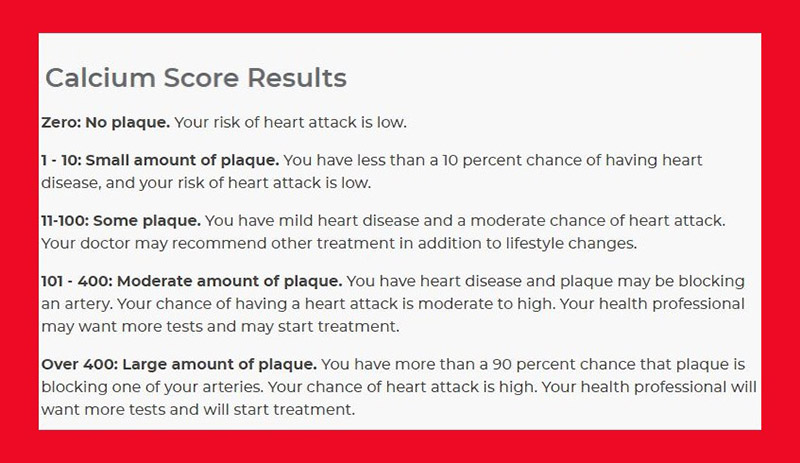
***
The calcium score merely indicated that trouble could be lurking. Doctors performed a cardiac catheterization procedure for a closer look. They found 100% blockage in one artery, 90% in another and 80% in yet another.
Kirksey needed a triple bypass.
In the ensuing days, Kirksey explained his situation in an email to colleagues around the world. He drew strength from the supportive replies. More comfort came from a long conversation with a neighbor who'd endured the same procedure.
The night before the surgery, June asked Kevin for a favor.
Between her time as a nurse and other life experiences, she'd heard that people on the verge of death are lured toward a bright light. If he saw it, she pleaded, "Please don't go. Don't give in."
On his way into surgery, Kirksey said a prayer. With the same spontaneity that prompted him to ask Stack to check his insides, he asked God for the chance to:
- Dance with my wife again.
- Hold hands with my wife and take a walk.
- Meet my unborn grandchild.
The operation went as hoped. Four days later, Kirksey headed home.
So began the next phase of his journey. What he calls "Life 2.0."
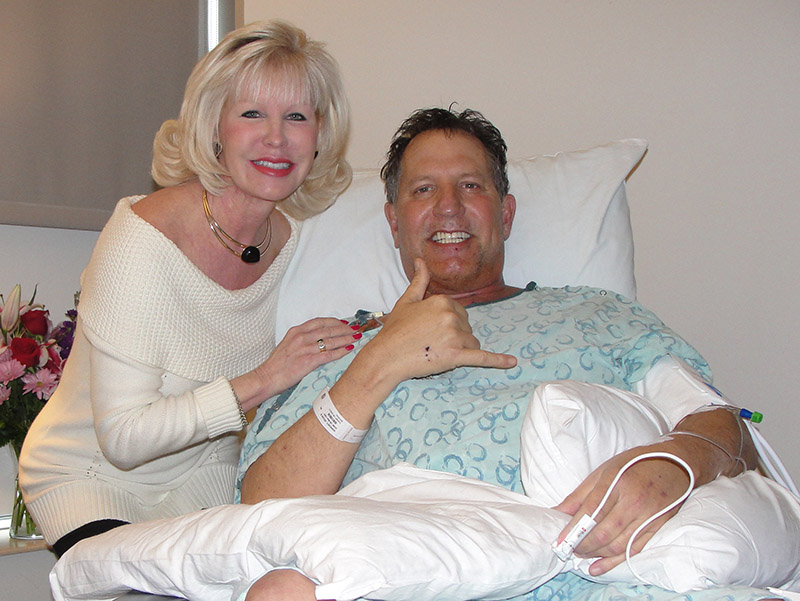
***
Kirksey returned to the hospital for cardiac rehabilitation. Driving away the first day, he vowed to "become an expert at taking care of myself."
The devotion reawakened the athlete within him. He eventually lost 51 pounds, leaving him a bit too thin for his liking.
On his rehab "graduation day" – that's really what the hospital called it; they even played "Pomp and Circumstance" – Kirksey gave an impromptu speech to the hospital staff.
"Your knowledge and training have given me confidence and the tools to carry on my life," he said. "Your encouragement gives me hope. Most remarkable, your attitude and approach to your care provide me with life, so bless you – and thank you."
Soon after, Kirksey faced the question many people face following a near-death experience: Now what?
Only, he framed it another way. He turned it into the question he would ask himself every morning: "Live? or Die?"
Choosing life meant caring for himself physically, mentally, emotionally and spiritually. The best way to do that? Showing gratitude.
That spawned his other daily line: "Thanks for giving."
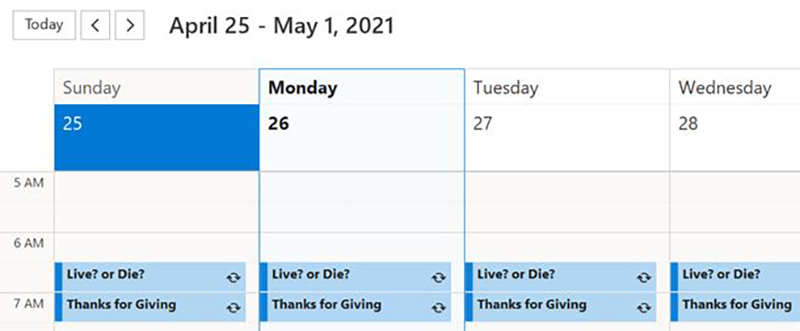
***
Kirksey's gratitude practice turned him into a regular again at the hospital.
He thanked the valet parkers who helped June and him the icy morning they arrived at the hospital for his surgery.
He tracked down a woman in the laundry room to thank her for the clean, warm blanket that comforted him before surgery. He thanked a woman who greeted him with a smile every morning he arrived for rehab and the nurse who'd turned the daily check of his blood sugar into a guessing game.
On one of those visits, Kirksey saw a large man on his hands and knees washing a window. His name was Alvin. Kirksey wrote him a letter. A friendship blossomed. When Alvin died, Kirksey attended his funeral.
Kirksey's sincerity often left recipients of his praise in tears.
"I had this notion that these people have jobs where they give, give, give and don't ask for anything in return," he said. "Their unconditional giving is a form of love, and I wanted to give something back to them. I wanted to prove to everyone who helped me that their work was not done in vain."
Kirksey eventually expanded his circle of appreciation.
He let American Airlines know about the agent at the San Jose airport who helped him rush home.
He contacted my organization, the American Heart Association, to thank us for everything from our life-saving research to the information on our website that helped him understand every step from his diagnosis to recovery.
Recently, he was buying donuts for June's birthday when he saw a dad buying donuts for his family. The dad seemed to be doing the math to make sure he could afford everything his kids wanted. Kirksey recalled his own sweaty penny-counting when June ordered ham on their first date.
With the comforting ease of a longtime salesman, Kirksey told the dad, "I need to do something nice for someone today. Can I pay for your order?"
***
Having thanked practically every employee of the Baylor Scott & White The Heart Hospital – Plano, and having donated a plaque to further imprint his appreciation, Kirksey found himself on the receiving end of the hospital's admiration.
He was asked to be the guest speaker at the hospital's annual awards banquet.
The event was in a hotel ballroom. More than 500 people listened as he celebrated everyone's kindness, this time in front of their bosses and peers.
More than a year removed from surgery, Kevin and June had held hands and walked plenty of times.
But they'd yet to check another box on his pre-surgery bucket list.
So, surrounded by strangers who'd become like family, brought together through a series of events all triggered by an out-of-the-blue question at the end of his physical, Kevin capped his speech by turning to June and asking, "Would you like to dance?"
This time, she didn't say maybe.
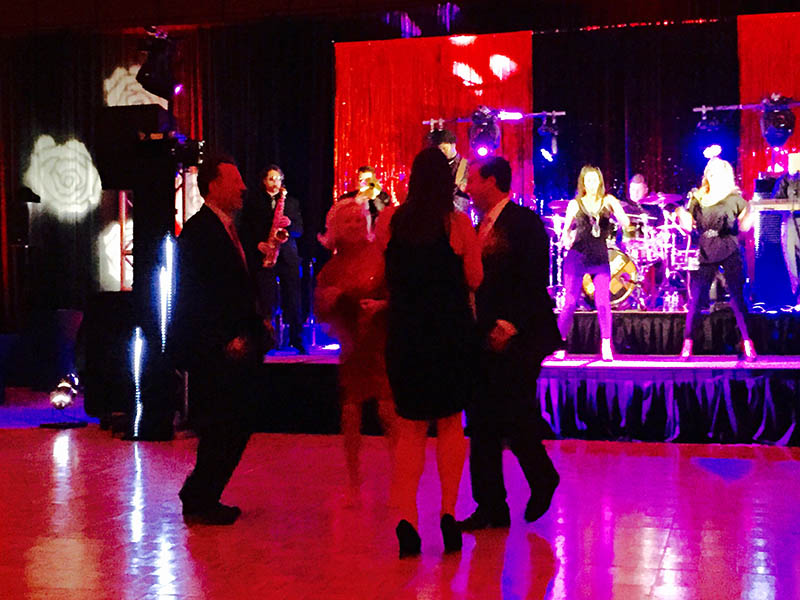
***
Two years after that dance, their son, Kevin Jr., and his wife, Jennifer, had a boy. They named him Kevin III.
With the arrival of a grandchild, Kirksey fulfilled his entire bucket list.
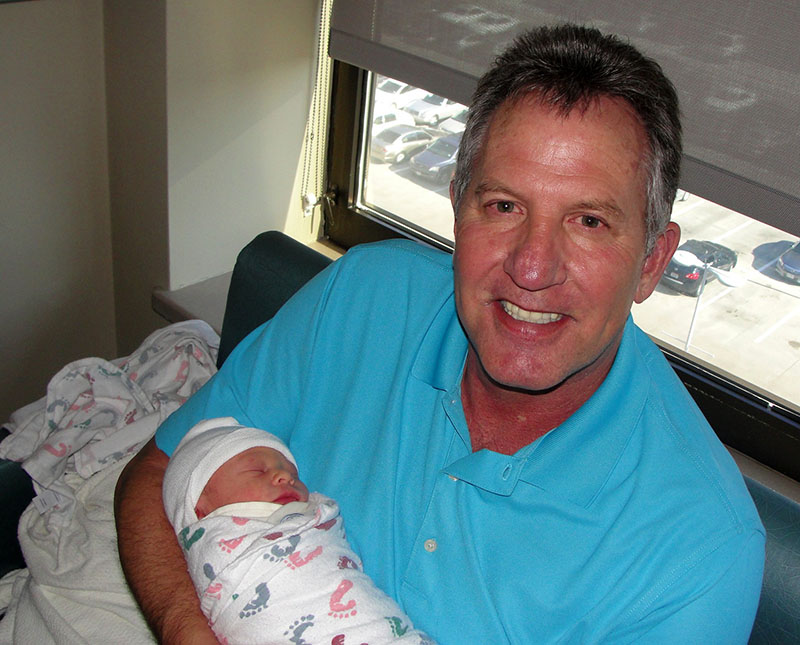
These days, Kirksey's weight remains in a good place, as are the rest of his numbers. He's now also Pop Pop to K3's baby brother, Clark.
His enthusiasm, meanwhile, is off the charts. One of his latest attempts to spread love and joy is through a book. It's called "Life 2.0."
It's half-narrative, half-thank-you-note.
A version of this story appeared on Thrive Global.
If you have questions or comments about this story, please email [email protected].





